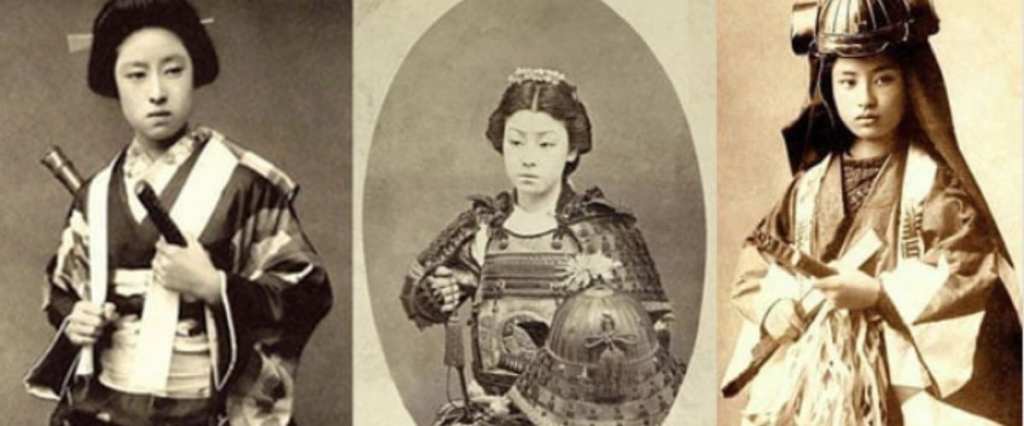Trending Now
Even though most of the fearsome, katana-wielding Samurai warriors in television, print, and in film are men, the truth is that there were some who were women.
Also, they were just as skilled at combat, self-defense, and use of weapons as their male counterparts, says Japan Times.
The women samurai warriors were trained in the use of the pole-mounted naginata, as well as in the knife-fighting art of tantojutsu, and would have been able to use a dagger called the kaiken, as well. They were also held to the same standard, and expected to perform same duties as the men they would have likely fought alongside.
https://www.instagram.com/p/B4W3I90iQq9/
One of them was named Tomoe Gozen, who is remembered for her loyalty and courage in the 1184 Battle of Awazu:
“Tomoe was especially beautiful, with white skin, long hair, and charming features. She was also a remarkably strong archer, and as a swordswoman she was a warrior worth a thousand, ready to confront a demon or a god, mounted or on foot. She handled unbroken horses with superb skill; she rode unscathed down perilous descents. Whenever a battle was imminent, Yoshinaka sent her out as his first captain, equipped with strong armor, an oversized sword, and a mighty bow; and she performed more deeds of valor than any of his other warriors.”
Another, Hangaku Gozen, commanded 3,000 warriors against an army of 10,000, and is described as “fearless as a man and beautiful as a flower.”
https://www.instagram.com/p/B4VwiavHocu/
Still more, most unnamed, used their considerable skills to protect their homes and villages rather than going to battle. Known as the onna bugeisha, they would have needed to have been skilled in defending against invaders on horseback, among other things, and literature tells tales of ornate armor and long weapons worn by women up until the Sengoki period (15th-17th century).
At the beginning of the 17th century, the status of women in Japanese society shifted along wit the spread of a more firm social peace. The onna bugeisha began to turn over their weapons and to stay home, assuming the equally – if differently – challenging roles of wife and mother.
Interestingly, even in a world where women were supposed to be passive, obedient, and bound to the home, schools were opened with the aim of teaching the art of the naginata to women as a method of moral training.
https://www.instagram.com/p/Bw2Id15nfOx/
In the late 19th century, another legendary onna bugeisha entered the scene. Her name was Nakano Takeko, and she led an all-female group of warriors known as the Jōshitai, who are commemorated every year during the annual Aizu Autumn Festival. She was fatally shot in battle, but instead of allowing herself to be captured, she asked her sister to cut off her head and bury it.






